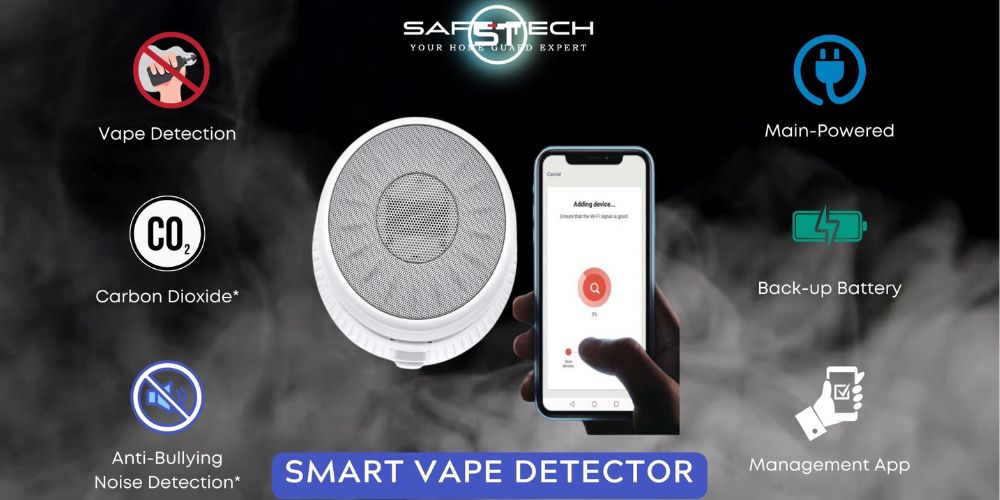Vape and Bullying Detection technologies are transforming the way schools address two pressing issues: vaping and bullying. These advanced systems use sensors, AI, and data analytics to identify vaping incidents and detect signs of bullying, creating safer and healthier environments for students. As schools face increasing challenges in maintaining safety, these technologies offer proactive solutions to protect students and promote positive behavior.
The Need for Vape and Bullying Detection
Vaping has become a significant concern in schools, with e-cigarette use among teens rising in recent years. Similarly, bullying remains a pervasive issue, affecting students’ mental health and academic performance. Traditional methods of monitoring, such as teacher supervision, are often insufficient to address these problems effectively. Vape and Bullying Detection systems provide real-time monitoring and alerts, enabling schools to respond quickly to incidents.
How Vape and Bullying Detection Works
Vape Detection Technology
Vape detection systems use sensors to detect chemical signatures associated with e-cigarette vapor. These sensors are installed in areas like restrooms or locker rooms, where vaping is most likely to occur. When a sensor detects vaping, it sends an alert to administrators, allowing them to intervene promptly. Some systems also integrate with cameras or AI to provide additional context, ensuring accurate detection.
Bullying Detection Systems
Bullying detection technologies use AI to analyze audio, video, or text data for signs of aggressive behavior or harmful language. For example, AI-powered cameras can detect physical altercations, while natural language processing tools can identify threatening messages in school communication platforms. These systems help schools address bullying before it escalates, fostering a safer environment.
Benefits of Vape and Bullying Detection
Implementing Vape and Bullying Detection systems offers several benefits, including early intervention, reduced incidents, and improved student well-being. By addressing vaping and bullying proactively, schools can create a culture of accountability and support. These technologies also provide data to help administrators identify trends and implement targeted prevention programs.
Challenges and Considerations
While Vape and Bullying Detection systems are effective, they raise concerns about privacy and data security. Schools must ensure that these technologies comply with regulations like FERPA and protect student data. Transparent communication with parents and students about the use of these systems is essential to build trust and ensure ethical implementation.
The Future of Vape and Bullying Detection
As technology advances, Vape and Bullying Detection systems will become more sophisticated, incorporating AI and machine learning to improve accuracy and reduce false positives. Schools that adopt these technologies will be better equipped to create safe, inclusive environments, ensuring that students can focus on learning and personal growth.


